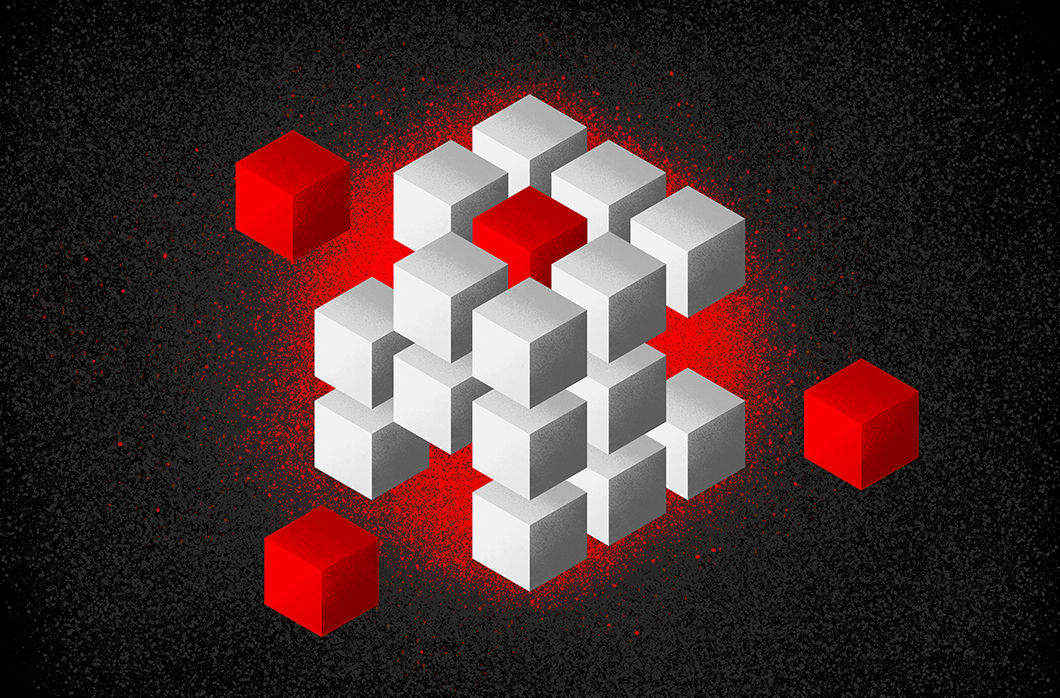The need for speed and agility in today’s digital business requires changes to IT infrastructure, most notably the shift to cloud-native architectures and the adoption of DevOps. This shift has led many businesses to move to containers, microservices and Kubernetes (K8s). In a recent press release from Gartner, it was predicted that by 2022, more than 75% of global organizations will be running containerized applications in production, up from less than 30% at the time of the release. This shift is driven by the need to improve the efficiency and scalability of development efforts, and it will form the very foundation for their next-generation immutable infrastructure.
Additionally, continuous integration/continuous development (CI/CD) introduces ongoing automation and continuous monitoring throughout the application lifecycle, from integration and testing to delivery and deployment, resulting in faster innovation. This shift toward CI/CD is not without risk as infrastructure, DevOps and security teams look for ways to ensure containers and microservices remain secure and compliant, while eliminating security blind spots.
- Ensure you have visibility into container and Kubernetes environments: As businesses move their data to the cloud and take a cloud-first approach to application development, it is imperative that security teams understand the makeup of the cloud-native computing environment and how each layer interacts with one another to eliminate blind spots, strengthen security and improve productivity.
- Automate the assessment of container images, registries, libraries and hosts: Some enterprises do a good job of subjecting their containers to security controls. And that responsible approach gives rise to a new set of problems: Every vulnerability scan produces a massive volume of results that have to be sorted, prioritized and mitigated. Teams that still rely on manual processes in any phase of their incident response can’t handle the load that containers drop onto them — and automation is your friend.
- Don’t forget to secure the control plane:
Effectively protecting containers in Kubernetes and other orchestration platforms requires securing multiple components of the cluster. Vulnerabilities in code that developers use to build applications can be exploited, resulting in risky image deployments. Security teams need to find ways to continuously monitor and audit activity happening within the control plane to prevent risks from over-privileged accounts, attacks over the network and more. - Protect workloads and containers when they are most vulnerable — at runtime: As cloud infrastructure expands so does the attack surface, opening the door to new threat vectors. Adversaries are well aware of the presence of the cloud as an expansion of their traditional attack grounds, but they have also found that new tactics, techniques and procedures can be developed for this new environment. To meet these challenges head-on, businesses need a unified solution that seamlessly and reliably protects workloads and containers across all environments.
Why Container Security?
Even with all of the challenges associated with securing containerized applications, organizations have quickly realized that containerized environments are here to stay given their immense benefits. That said, securing them now becomes the new focus area for security teams looking to keep pace with DevOps teams. For security teams to be effective, containers and microservices architectures require a protection strategy that is different from traditional on-premises solutions and virtual machines with monolithic applications.
It requires teams to harden the CI/CD pipeline, secure the deployment environment that supports it and ensure it integrates into enterprise security tools to make sure that any and all applications running through it are secure. To do so, many organizations are turning to container security solutions like Falcon Cloud Workload Protection to automate the secure development of cloud-native applications, delivering full-stack protection and compliance for containers, Kubernetes and hosts across the container lifecycle. These solutions come complete with vulnerability management, continuous threat detection and response, and runtime protection, combined with compliance enforcement and automated CI/CD pipeline security, enabling DevOps teams stay secure while building in the cloud.
The benefits of container security include:
- Visibility into workloads, containers and hosts — on-premises and in the cloud
- Integrated security as part of the CI/CD pipeline to ensure secure application development
- Elimination of security blind spots
- Runtime protection for containers to stop breaches
- Portable protection across multi-cloud environments
- Reducing time to remediate security incidents
- Reducing alert fatigue and improving SOC productivity
- Augmenting skills and expertise
Container Security Is a Team Sport
With the rise of DevOps continuing to evolve along with the adoption of container security tools such as Falcon Cloud Workload Protection, developers are now taking on more responsibility for implementing cybersecurity controls because they now can. This approach serves to positively impact the business overall and ensures that the number of applications passing cybersecurity audits increases alongside the growing maturity of DevOps practices. To learn more about how CrowdStrike can help you gain visibility, continuously monitor threats, and ensure compliance in the cloud, enabling DevOps to deploy applications with greater speed and efficiency, visit crowdstrike.com.
Additional Resources
- Learn about CrowdStrike’s powerful cloud security solutions by visiting the webpage.
- Learn how CrowdStrike makes cloud security posture management simple — visit the Falcon Horizon™ product webpage.
- Learn more about comprehensive breach defense with CrowdStrike Falcon® Cloud Workload Protection.
- Test CrowdStrike next-gen AV for yourself. Start your free trial of Falcon Prevent™ today.






![Helping Non-Security Stakeholders Understand ATT&CK in 10 Minutes or Less [VIDEO]](https://assets.crowdstrike.com/is/image/crowdstrikeinc/video-ATTCK2-1?wid=530&hei=349&fmt=png-alpha&qlt=95,0&resMode=sharp2&op_usm=3.0,0.3,2,0)
![Qatar’s Commercial Bank Chooses CrowdStrike Falcon®: A Partnership Based on Trust [VIDEO]](https://assets.crowdstrike.com/is/image/crowdstrikeinc/Edward-Gonam-Qatar-Blog2-1?wid=530&hei=349&fmt=png-alpha&qlt=95,0&resMode=sharp2&op_usm=3.0,0.3,2,0)





















































